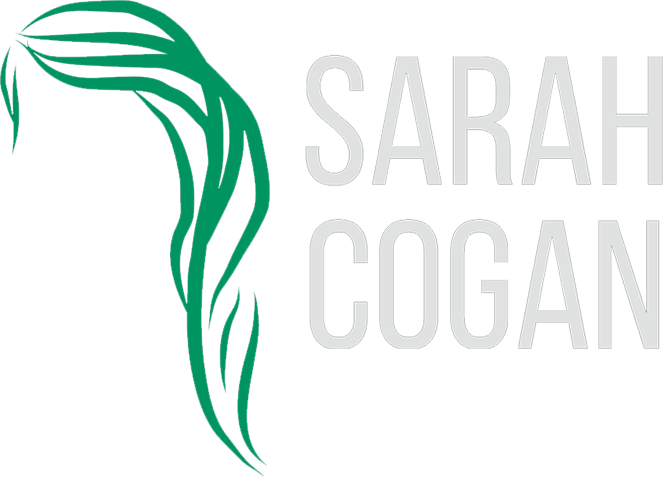4 Questions Every Filmmaker Should Ask Before going into Pre-Production
There are four questions every filmmaker needs to ask and answer before going into the film designing process. They are the foundation of every choice that will be made from that point forward. These questions are important because they are about focusing the storytelling energy of your team. The work we do in rhythm with one another amplifies its effec—much like how overlapping waves in the ocean can create a swell and larger wave. Their impact is multiplied as they come together in the same direction.
The best part about these questions is that they span all areas of filmmaking from the production design, character design, cinematography, etc. Most people think that these areas ask different questions, however it’s not the questions that are different. It’s the tools used to answer these questions that are different. This is why these questions work across all areas and are great for syncing entire teams up.
Once answered, these questions will give you the rough map to get you where you want to go with your project in one piece.
Question #1: Why are we telling this story at this time and in this manner?
This question focuses on the goals of the project—it is the big vision, the thesis statement from which we embark on our journey. This is the why behind your storytelling.
Question #2: Who is this film/show for, and what do we want the audience to walk away with by the end?
People hear differently from one another based on their value systems, which means each film gets to be a unique storytelling experience. When you know who your audience is and what you want the to take away from the project, you can ask yourself at any point of the creative journey: “Does this further our audience walking away experiencing or taking ____ with this film?” You now have an objective meter for the effectiveness of every creative choice on a yes or no scale. Yes, keep it. No, find another option. And, within this you know you’re moving towards the same focused outcome.
NOTE: These first two questions are the lens through which the following questions should be approached.
Question #3 — a 2 part question: Who are the main characters and how do they relate to the world they live in? Are the characters simply in the world or of it? If they change over time, how is this revealed? How do we relate to them?
These questions is about the relationships you are setting up and how they are expressed visually. While initially these questions seem to really be costume related, their importance goes beyond just clothing. What these questions are really asking is what is the revelation of form—how do we see and experience the body and the world around the characters through the camera lens? What is the character’s relationship to the audience and the other around them? How does this show up through costumes? Through production design? Through the cinematography?
For example, Is the story more psychological, so closer into on the body with extreme details and finesse? Are they a single person against the world? Are they tiny against a big world? Does the sun press down on them or does the light come in low and lengthen the body making them appear bigger? Or they a fish out of water in contrast to the world around them?
Question #4: If there are multiple worlds within the film, how are they different? How are they the same?
Much like our previous question about the characters, we want to ask the same in-depth question about the world. As you might guess, this question has significance beyond production design. For the costume designer, this goes back to the question of is this character in the world of it? There are rules that govern each place. A great example of this question is seen in Game of Thrones where each location has its own rules and the characters either grow into the world or stay as they are.
A perfect example is how Sansa Stark transforms in season 1. Her hair and dress changes as she embraces her new world. She starts out as a true princess of the north, wearing her hair down in the cool tones of Winterfeld, then transitions into a women of the South with warmer tones and changing her hair style. Her dress goes from earthy inspirations such as fabric roses to the cleaner lines of Kings Landing. When you look at the over all choices for each of these worlds within Game of Thrones, you see they each have their own sets of rules.
The amazing thing about worlds is that they can be as small as you’d like. If it’s a family drama, then maybe the worlds are simply the family’s house verses the outside world. So, how does the cinematography change based on the worlds within your film? If not the worlds, then what about the emotional states of the characters?
Final thoughts:
These questions are meant to get your entire team on the same page moving forward towards telling the same story as you go into pre-production and production. When we are all moving in rhythm together, we amplify one another’s creative energy and input. What we build together grows exponentially.
Try these questions on your next project and see what comes of them. What did you notice? What surprised you? What did you realize you get to clarify further? Then, let me know!
Want to learn more about how to bring your creative vision to life? Check out my course From Text to Moving Images, available online now.

